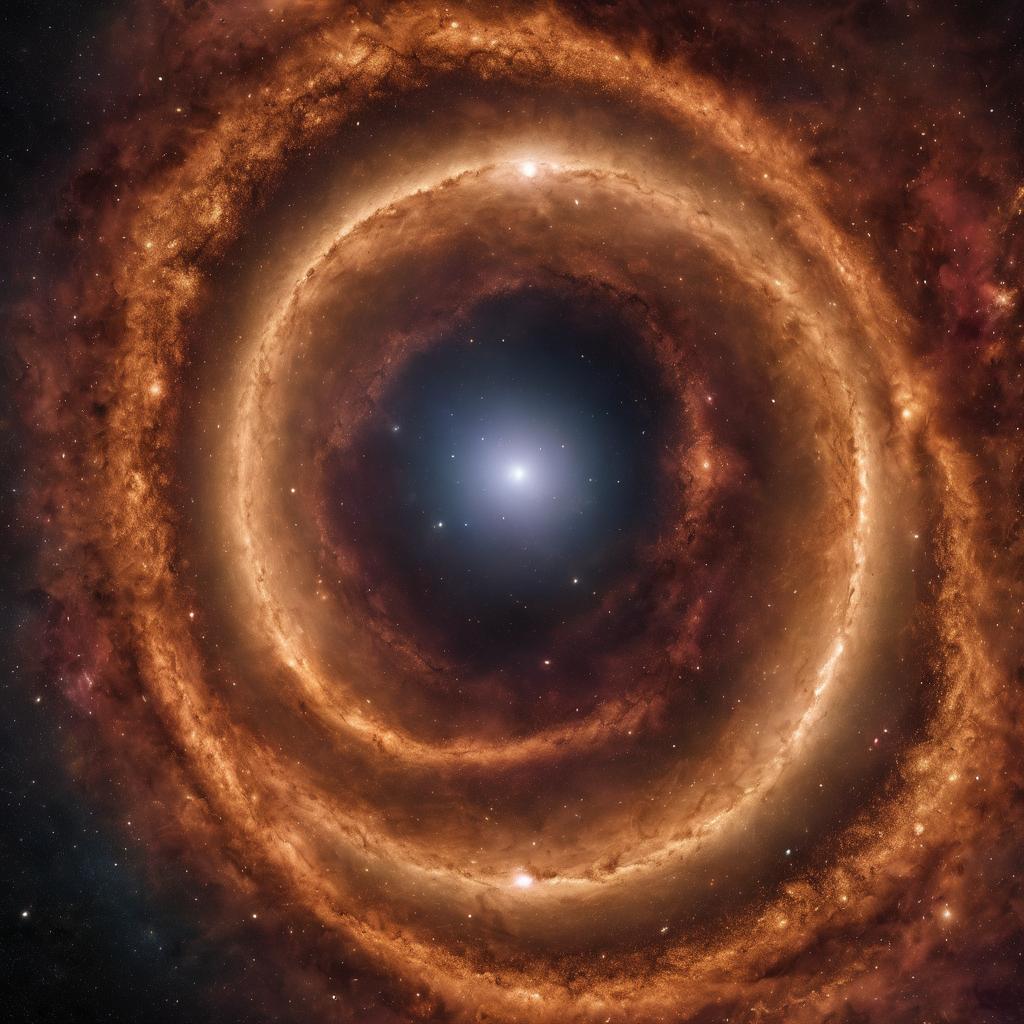
cosmology - Details of the Course
Cosmology is the branch of astronomy that investigates the large-scale structure, origin, evolution, and ultimate fate of the entire universe. It seeks to comprehend the fundamental nature of space, time, and the universe as a whole, exploring questions about the origin of the cosmos and its overall structure on the grandest scales.
Introduction
Cosmology, the scientific study of the large-scale structure and evolution of the universe, beckons us to explore the profound mysteries that shroud our cosmic existence. At its core, cosmology delves into the origins, composition, and ultimate fate of the cosmos, spanning a canvas that encompasses galaxies, dark matter, dark energy, and the fabric of spacetime itself. It is a field that unites intricate theories from physics, astronomy, and astrophysics, offering a comprehensive framework to comprehend the universe on its grandest scales.
The Cosmic Microwave Background Radiation
The Cosmic Microwave Background (CMB) Radiation is a pervasive glow of faint microwave radiation that permeates the entire universe, originating from a time approximately 380,000 years after the Big Bang. It represents the afterglow of the hot and dense state that characterized the early universe. As the cosmos expanded and cooled, protons and electrons combined to form neutral hydrogen atoms, allowing photons to travel freely through space. The release of this primordial light occurred during the era known as recombination, marking the transition from a dense, opaque plasma to a transparent universe. Today, the CMB provides a unique snapshot of the universe's early conditions, acting as a crucial piece of evidence supporting the Big Bang theory and offering insights into the fundamental properties of the cosmos.
The Structure of the Universe
The structure of the universe is a complex and intricate tapestry that encompasses everything from the smallest subatomic particles to the grandest cosmic scales. At its most fundamental level, the universe is composed of elementary particles governed by fundamental forces, as described by the Standard Model of particle physics. These particles come together to form atoms, molecules, and ultimately the diverse array of matter we observe in the cosmos. On larger scales, galaxies cluster into groups and superclusters, creating a vast cosmic web that weaves through the expansive voids of intergalactic space.
Exoplanets and the Search for Extraterrestrial Life
Exoplanets, short for extrasolar planets, are planets that orbit stars outside our solar system. The discovery of exoplanets has been a revolutionary development in the field of astronomy, challenging our perception of planetary systems and expanding the possibilities for the existence of habitable environments beyond Earth. These distant worlds come in a staggering variety, from gas giants to rocky terrestrial planets, and they are typically detected through various methods such as the transit method (observing the dip in a star's brightness as a planet passes in front of it) or radial velocity measurements (detecting the gravitational wobble induced by an orbiting planet).
Cosmic Inflation
Cosmic inflation is a theoretical concept in cosmology that postulates a brief and exponential expansion of the universe in the first moments after the Big Bang. Proposed to resolve certain puzzles in the standard Big Bang model, inflationary theory suggests that the early universe underwent an extremely rapid expansion, causing it to grow many orders of magnitude larger in a fraction of a second. This expansion would have smoothed out irregularities and provided a causal mechanism for the isotropy and homogeneity observed in the large-scale structure of the universe today.
Neutrinos
Neutrinos are subatomic particles that belong to the family of leptons, which also includes electrons and muons. These nearly massless particles are electrically neutral and interact only very weakly with other matter, making them exceptionally challenging to detect. Neutrinos are abundant in the universe and are produced in various astrophysical processes, such as nuclear reactions in stars, supernovae explosions, and cosmic ray interactions in the Earth's atmosphere.
Multiverse Theories
Multiverse theories propose the existence of multiple, possibly infinite, universes beyond our observable cosmic domain. These theories stem from the idea that our universe is just one of many "bubbles" within a broader cosmic landscape. One prominent concept is the "bubble" or "pocket" multiverse, where each universe represents a distinct region with its own unique properties, such as physical constants and fundamental laws. These universes could exist independently, with little or no interaction between them, leading to a vast diversity of cosmic scenarios.
Cosmic Evolution
Cosmic evolution refers to the continuous and dynamic process of change and development that has shaped the universe over its vast history. This concept encompasses the evolution of various cosmic structures, including galaxies, stars, planets, and the fundamental particles that make up the fabric of the cosmos. The timeline of cosmic evolution spans from the initial moments after the Big Bang, where the universe was hot and dense, to the present day, marked by the formation of galaxies and the expansion of the cosmos.
Cosmic Web
The cosmic web is a large-scale structure that permeates the vastness of the universe, consisting of interconnected filaments of dark matter and galaxies. This intricate network forms the backbone of the cosmic architecture, creating a pattern of filaments, voids, and clusters that spans across billions of light-years. Gravity plays a central role in the formation of the cosmic web, causing dark matter and ordinary matter to clump together along these filaments over cosmic time.
conclusion
In conclusion, the elements of cosmology collectively weave a narrative that unveils the vastness, origins, and evolution of the universe. From the profound implications of cosmic inflation, which sheds light on the earliest moments after the Big Bang, to the exploration of multiverse theories that hint at the potential diversity of cosmic landscapes, cosmology delves into the fundamental mysteries that shape our cosmic existence. The study of the cosmic microwave background radiation, the large-scale structure of the universe, and the elusive dark matter and dark energy provides essential clues about the cosmic forces and dynamics that govern the cosmos on both grand and subtle scales.